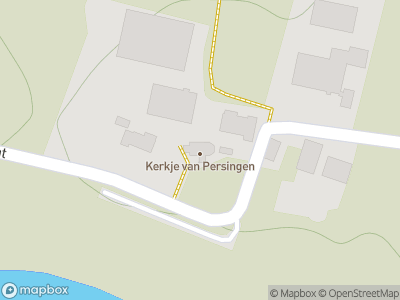Persingen can look back on a long and turbulent past. A chapel stood here back in the 13th century, dedicated to St. Dionysius. The chapel was probably made of wood. How Dionysius came to be worshipped in Persingen is unclear.
Dionysius
Dionysius lived in the 3rd century and was the first bishop of Paris. He built a church on the spot where the Notre Dame now stands, on the island in the Seine. However the population turned against the bishop and he was beheaded at Montmartre (martyr’s mountain). Dionysius disagreed concerning where he was to be buried. Carrying his head in his hands, he walked a few kilometres to the north, to a spot that became known as Saint Denis.
Persingen
The present church of Persingen was built in the 14th century the tower a century later. A castle was also built here. Persingen developed in that time into a flourishing settlement, which even gained the status of heerlijkheid (seigniory). Accordingly, it was administered by a noble lord who had acquired a significant degree of ecclesiastical and administrative independence.
Floods
At the end of the Middle Ages, the big rivers became increasingly active. With the numerous floods of the river Waal, large parts of Persingen gradually disappeared. The worst floods took place in 1809, when the ruins of the castle were washed away. The castle had already been uninhabited for a century.
Smallest village in the Netherlands
Of the once prosperous seigniory of Persingen, only the church and two farms remain. This makes Persingen the smallest village in the Netherlands. The medieval church now serves as an exhibition hall.














